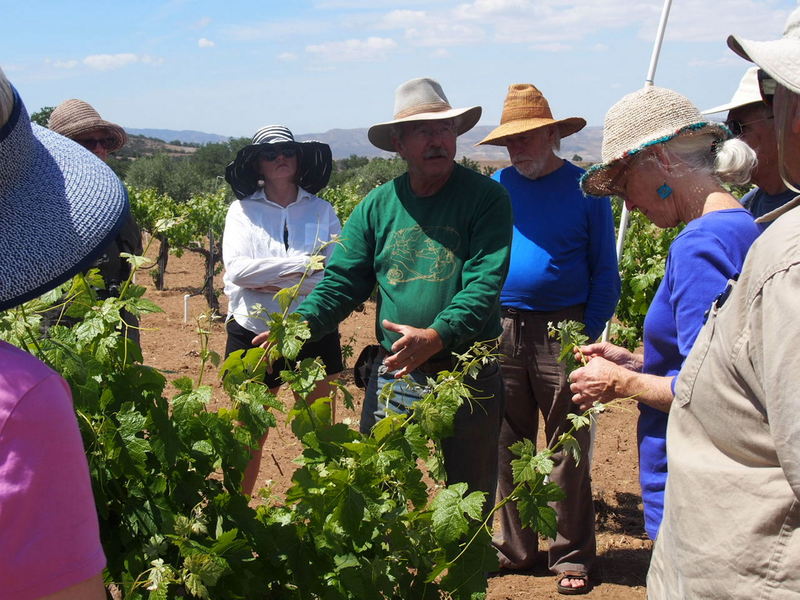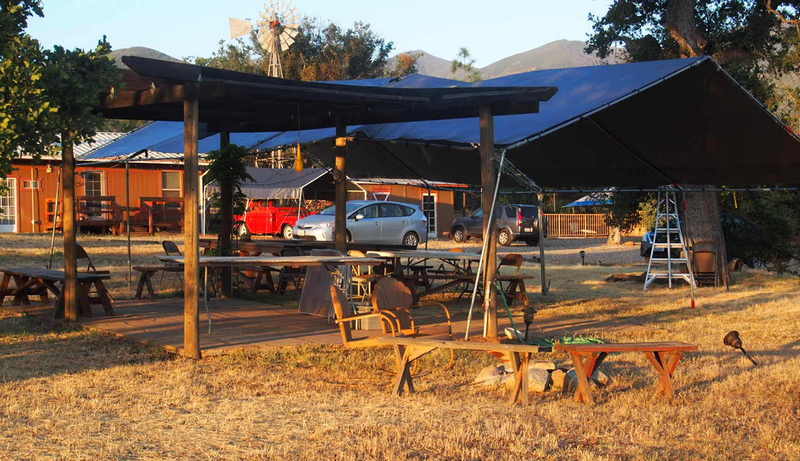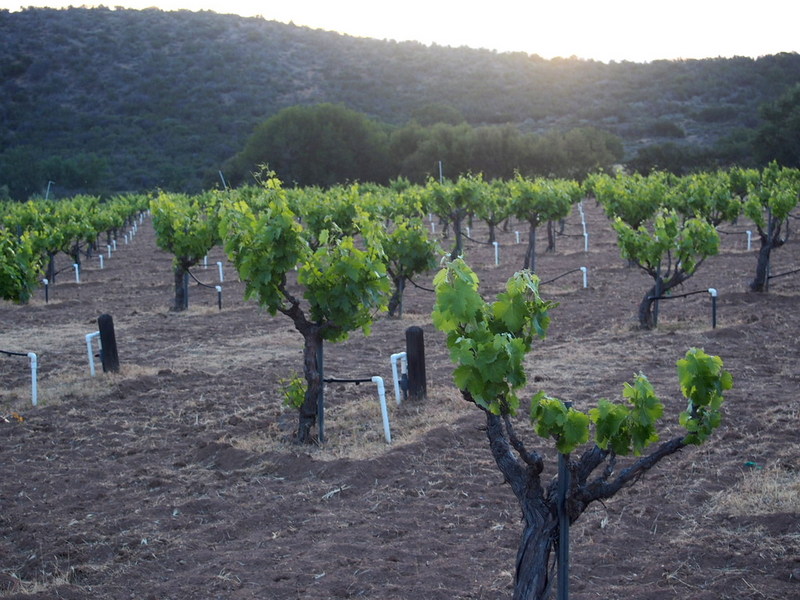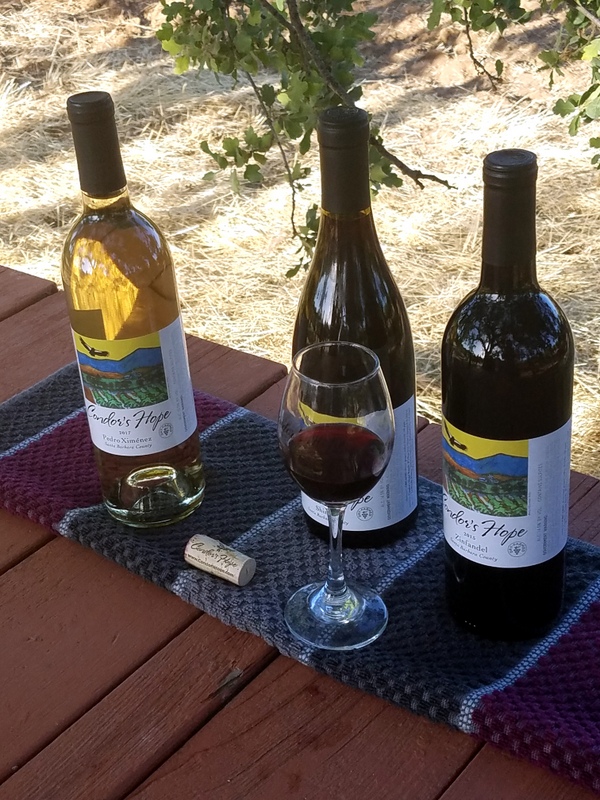A Long Drive
Old farm truck, Cuyama Valley California (credit: SWP Media)
It was a long drive to California.
Racing straight through at 70mph over 14 hours, on rural roads, from the Rockies to the West Coast made for one jittery ride. I had received an invitation from an old friend to attend a writing workshop on sustainable living and agricultural production. It was to be held at his ranch and vineyard in a valley few knew, or had ever heard of, though Los Angeles was less than 100 miles south. I would be returning to the semi-arid landscapes of southern California I'd known as a boy.
Crossing the desert was more hostile than remembered and portions seemed withered, abandoned, and blown away by the dry Mojave winds. Roadways revived memories of when a kid's eyes viewed the same landscapes in wonder. At the ranch, coastal breezes and ancient oaks reminded me of a time when learning about environmental influences of the home-base had been the objective. The long drive brought back reminders.


Dry-land architecture of pruned grape vines, Condor's Hope writing workshop (credit: SWP Media)
The ranch reflected an earlier time when 'dryland farming', where you worked with the environment to produce a crop, had been the norm. Once, the natural limits of soils and water were used in agriculture to force grapes to build deep roots reaching down to moisture. It had been practiced since the time of the Romans and had begun in California during the Gold Rush. Masterful pruning created a woody architecture of tiny 'trees that produced the grape bounty. Each year the vines got older and grew better berries. The vineyard was the showcase of an ecologist and his efforts to create as sustainable, contemporary farming system today. The proof was in the health of the vines, the depth of flavors in the wines, and the community of followers who were mindful of the environment and genuine food.


Dryland Vineyard at Sunrise (credit: SEP Media) Dryland California Zinfandel & Pedro Ximenez Wines
Nearby, industrial vineyards were planted requiring mass irrigation that tapped into the valley's limited groundwater. Wire trellises were needed to support the burden of any hanging grape clusters. The vines themselves would be replaced within 25 years, never being allowed to develop into 'old vines which produce the best wines in California. The vineyards themselves may not be sustainable considering the considerable water required to grow the vines anyway.
This 'Old California' was a background reminder during the workshop. It was an unexpected and nostalgic time with long drive back to the Rockies.
WHB